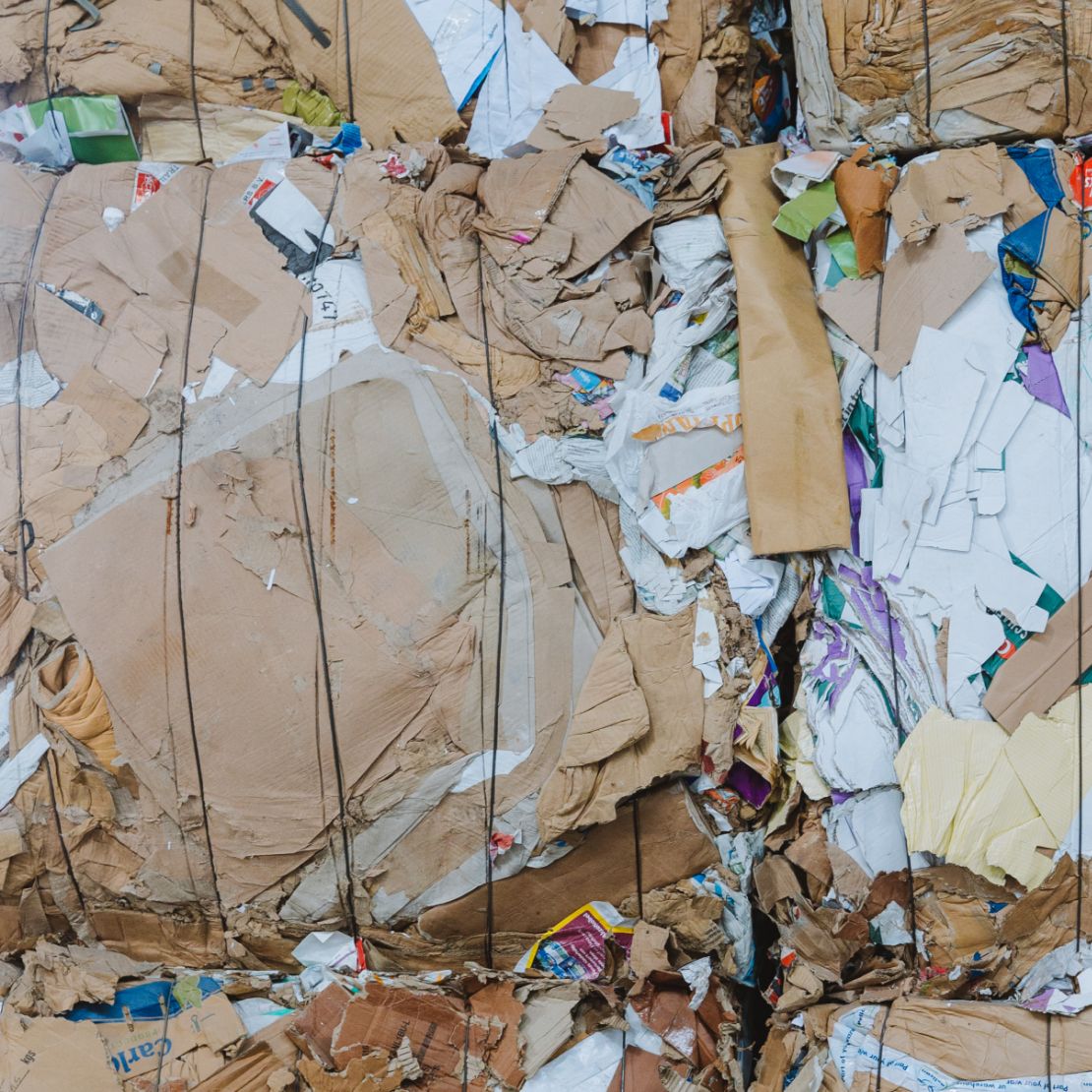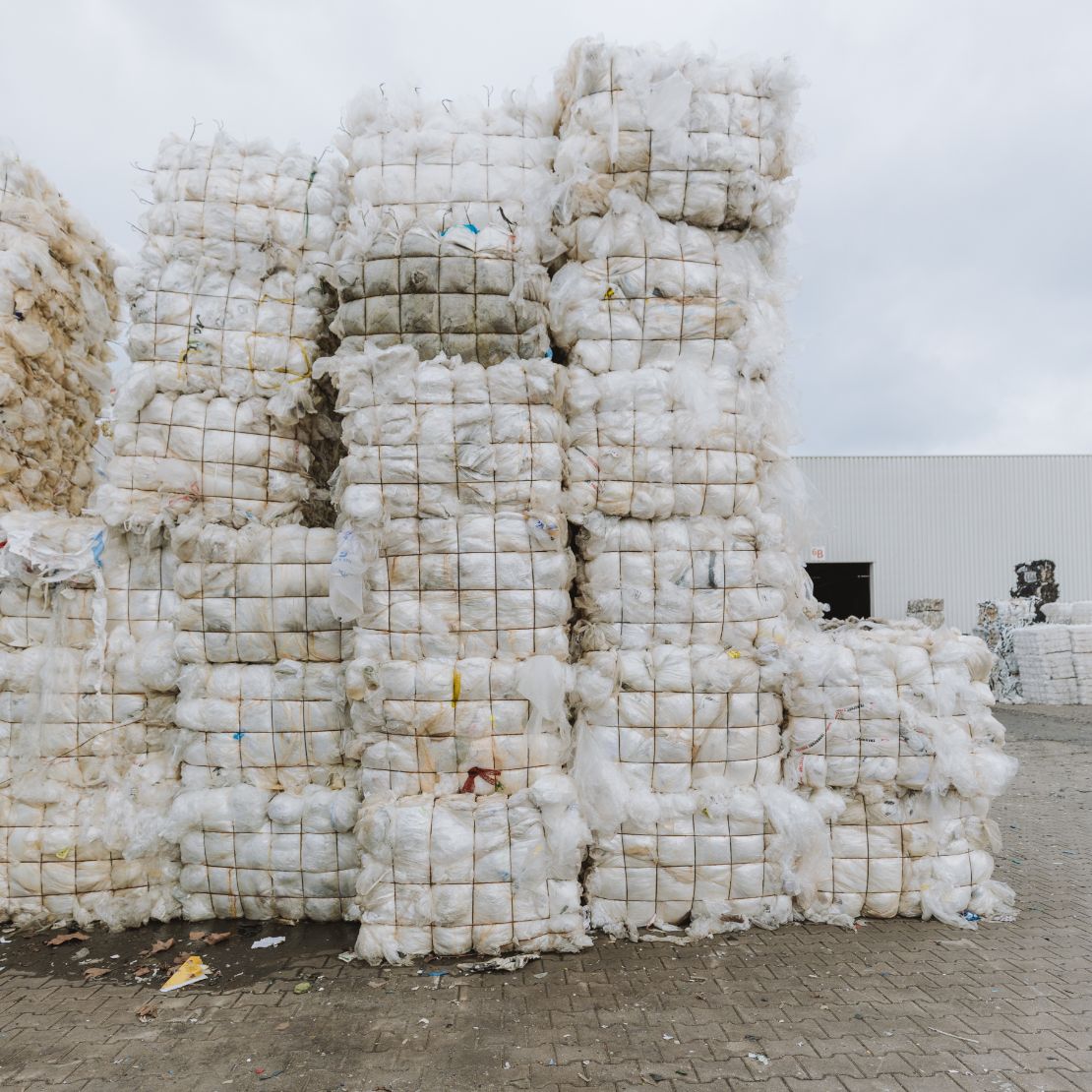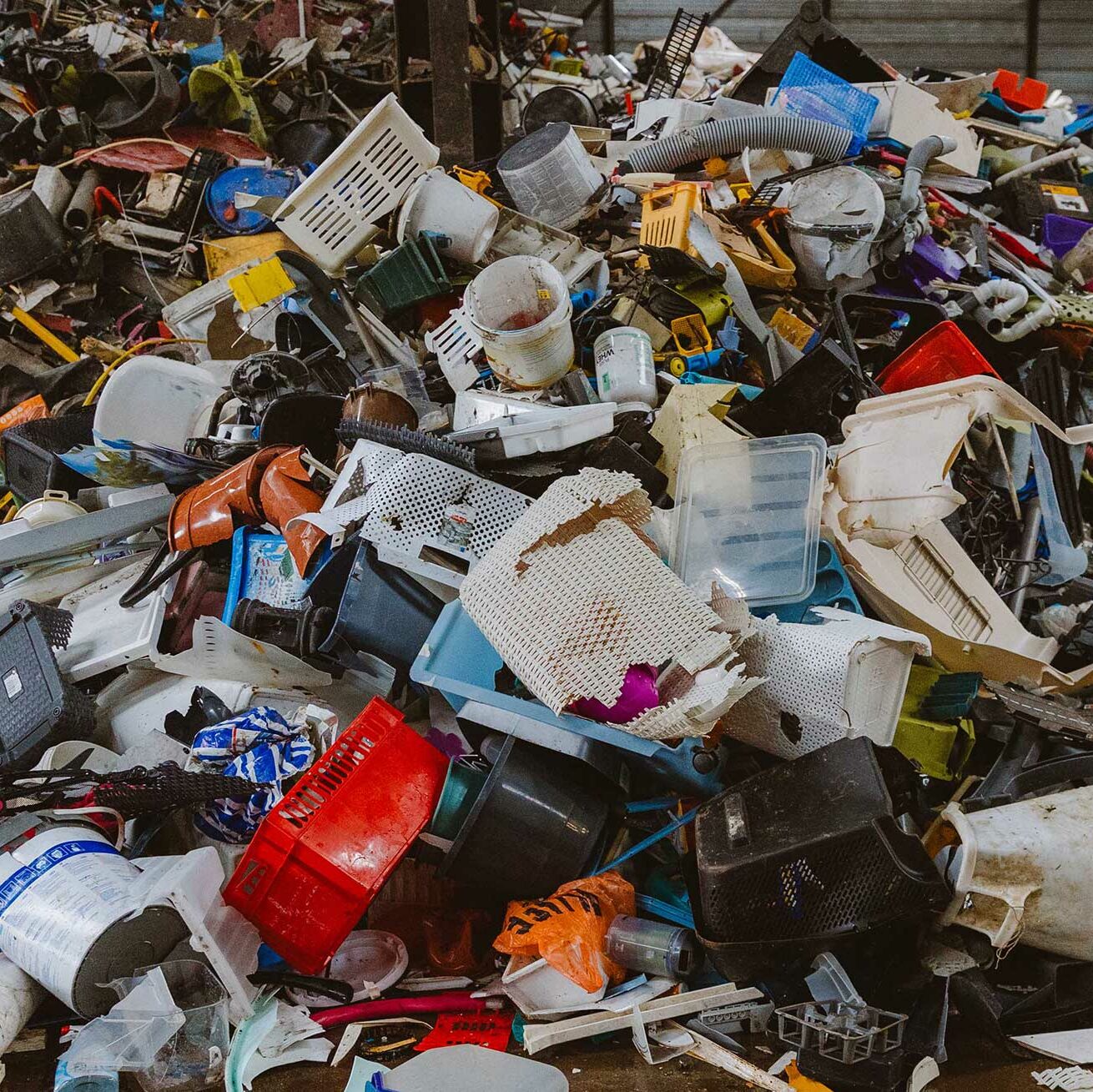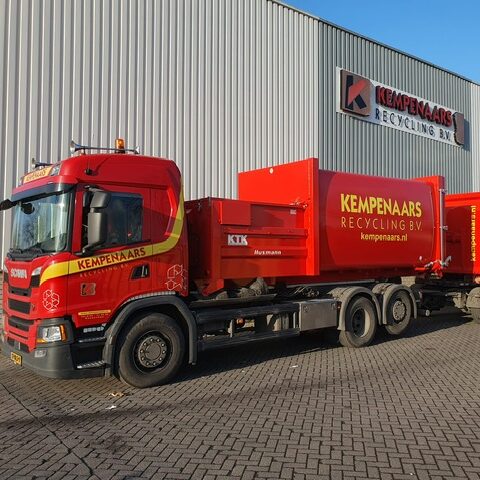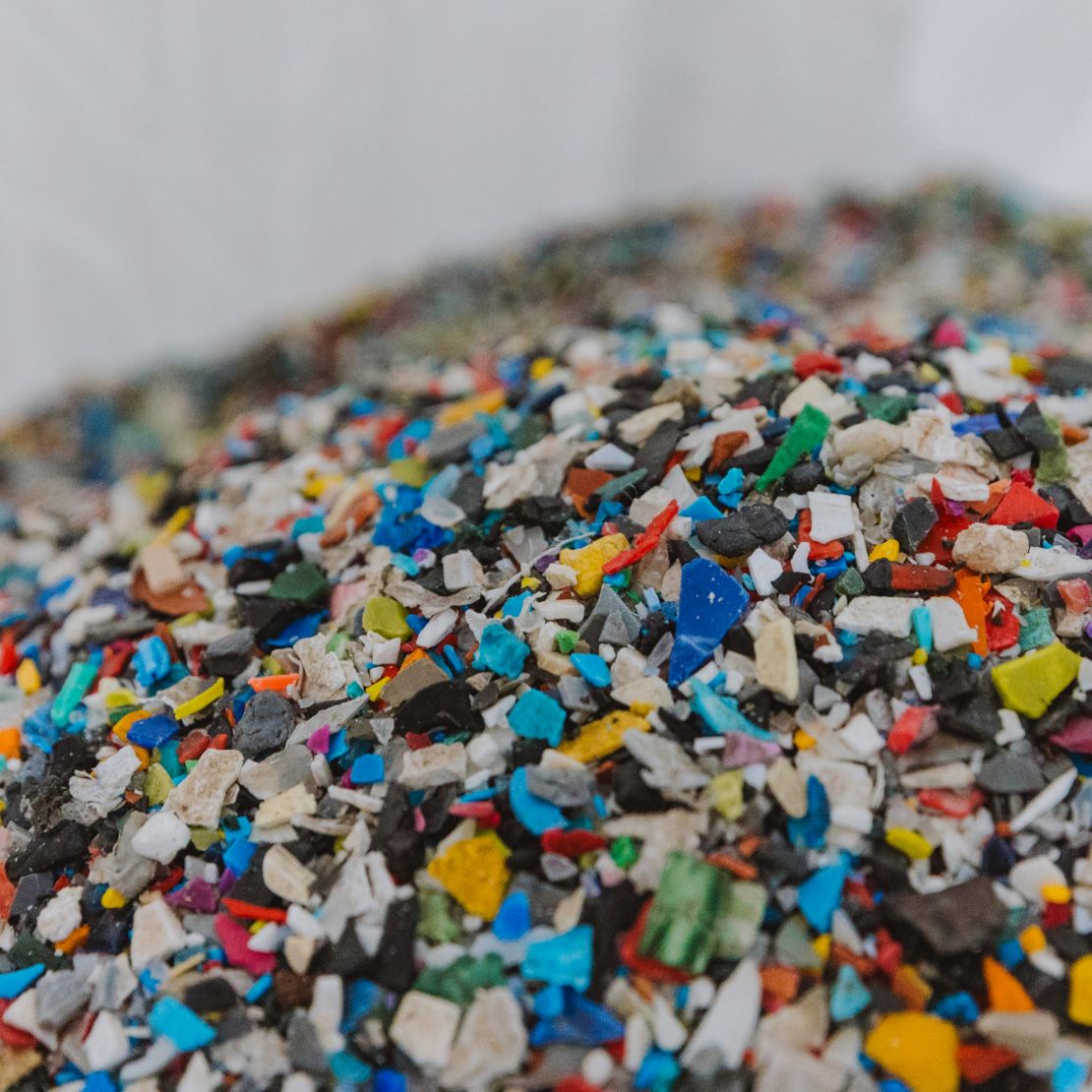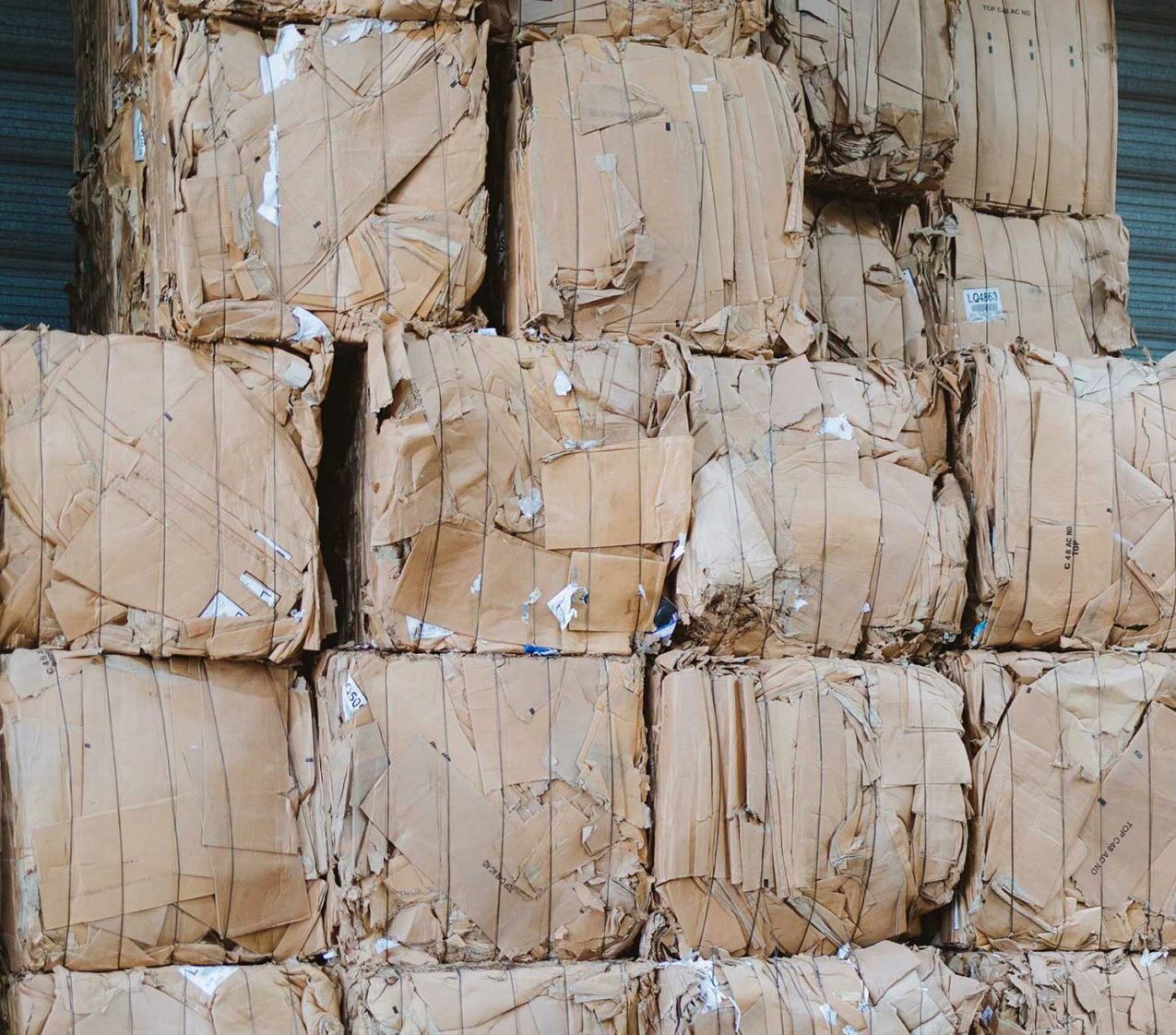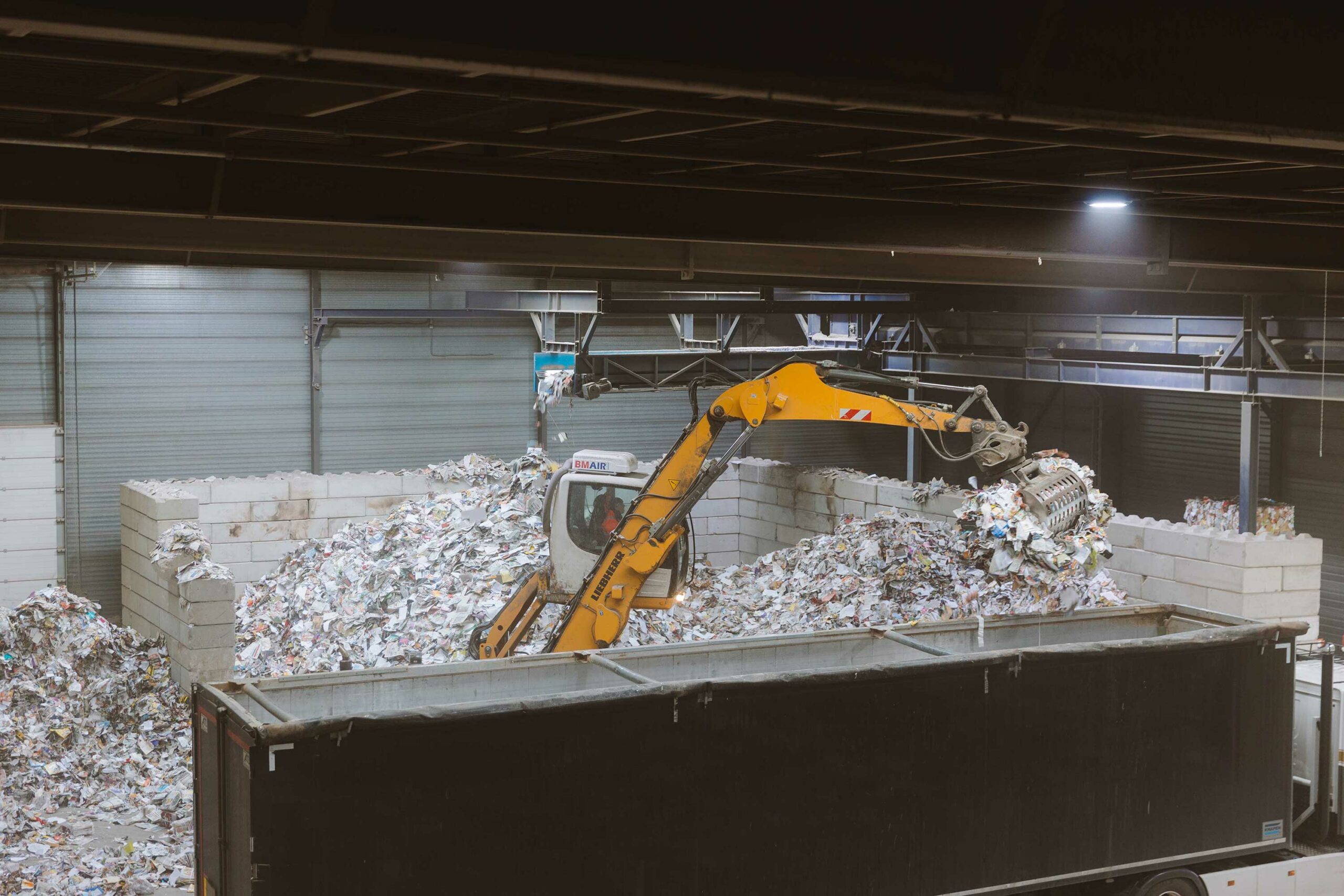
Secondary raw materials
To maximise our contribution to a circular economy, we are constantly looking for innovative ways to close the chain. That is why we deliver our recycled materials back to the manufacturing industry.
: Innovative and fully automated
At the Kempenaars Group, we find ourselves at the heart of the recycling process, converting collected materials into valuable secondary raw materials. This takes place through various processes within our company and applies to both paper and plastic materials. Our investment in fully automated sorting lines, including the recent addition of two new infrared scanners to our paper sorting line, enables us to deliver high-quality raw materials.
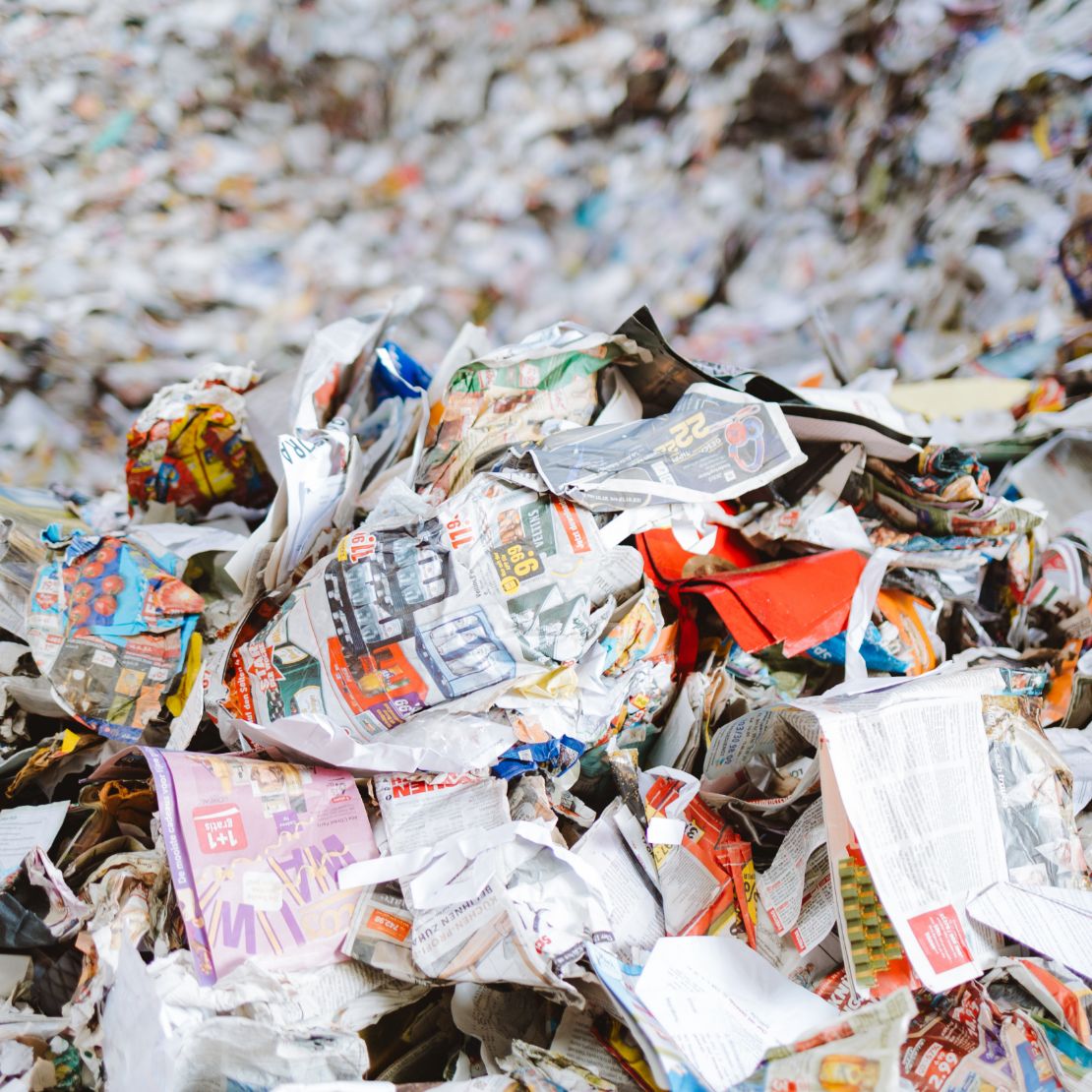
Diversity in materials
Our output streams consist of a wide variety of materials, including sorted deinked paper (such as newspapers and magazines), various types of cardboard and bale paper, various types of film and a range of plastic materials such as PE, PP, PO and PS regrind. Each of these materials undergoes thorough inspection and processing to produce pure streams that are essential for further recycling.
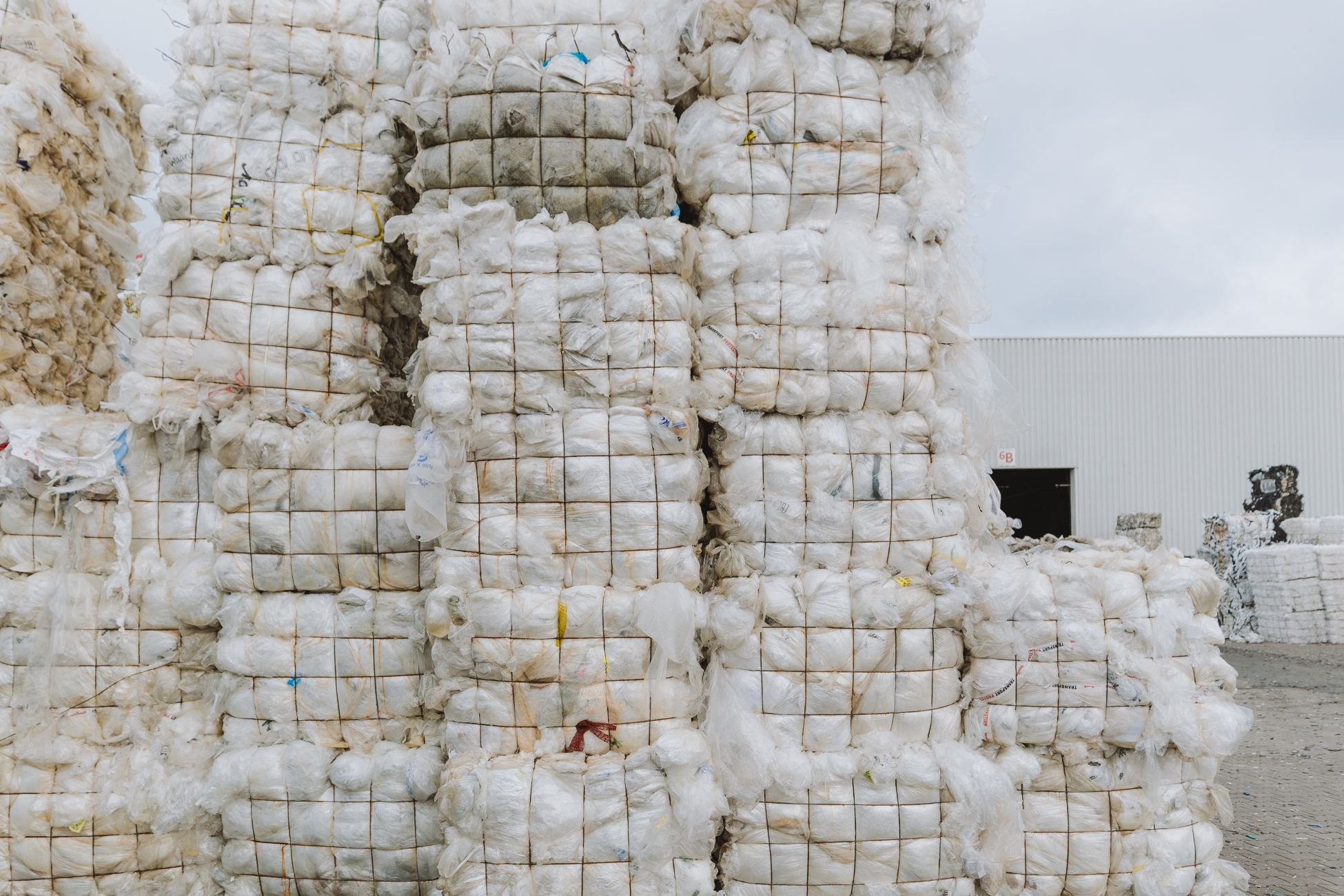
Unique method for hard plastics
A particular focus of our operations is the processing of hard plastics supplied to SK Polymers. These plastics, derived from consumers and not to be confused with plastic packaging, include items such as crates and children’s toys. After inspection, these materials are ground and separated into different plastics such as PE, PP, PO and PS regrind, resulting in pure plastic streams ready for conversion into new products.
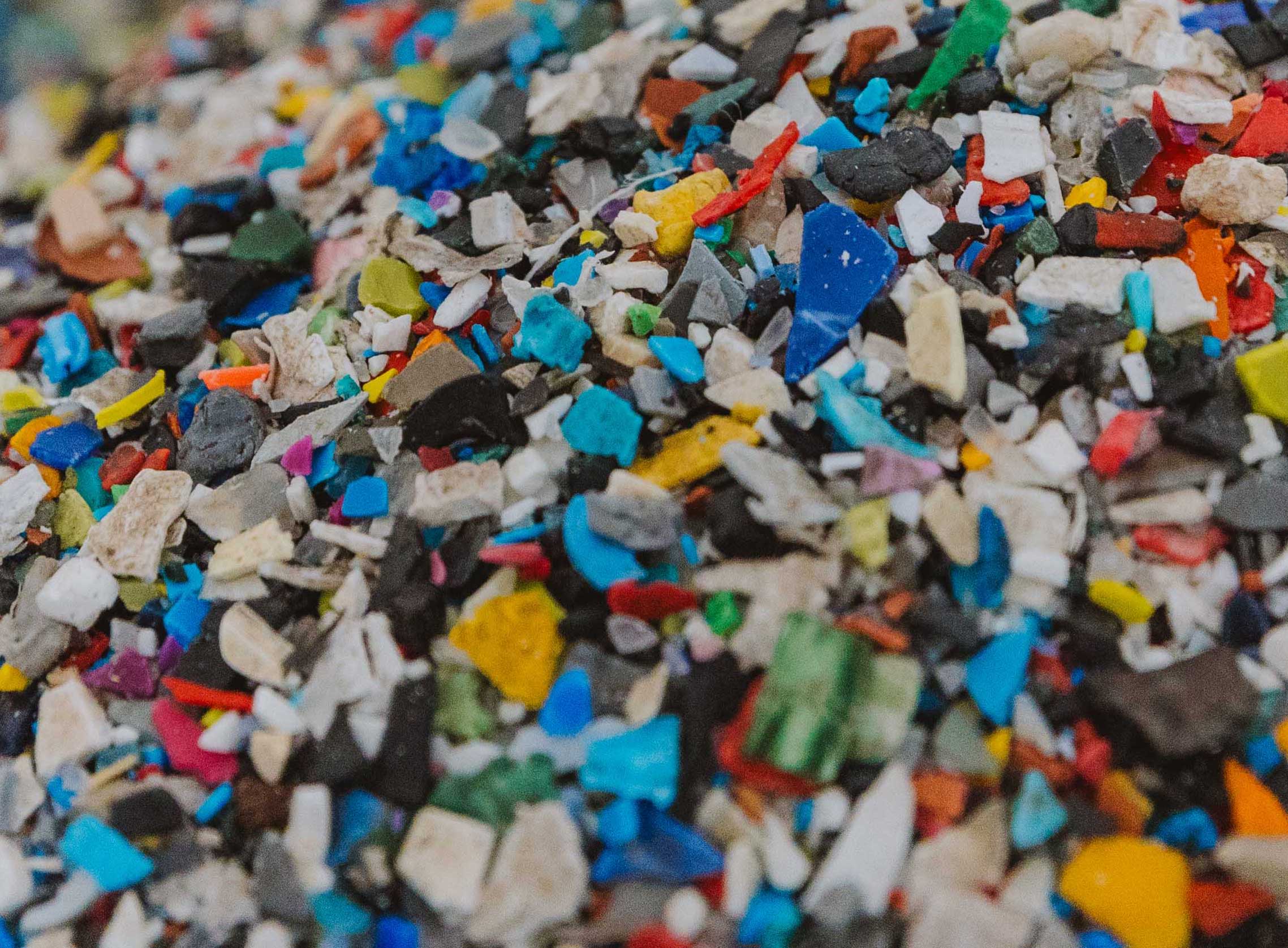
Frequently Asked Questions
Which recycled raw materials can I purchase?
This concerns various types of paper and plastic that we can supply loose, in bales and in big bags. Contact us for more information about our secondary raw materials.
What types of grinding material are available?
These include PE, PP, PO and PS. Please feel free to contact us for more information.
Why is it good to recycle plastic waste?
After the plastic has fulfilled its function, it remains a versatile and usable material, which can easily be made suitable for recycling and reuse. Plastic is an oil-containing material that is not biodegradable, so burning it is harmful to the environment. By sorting and processing it, we can use it as a secondary raw material that can replace a primary raw material (petroleum product), thus contributing to a circular economy in an impactful way.
Are you ready to take control of your waste management? We would love to discuss the best solutions for you!





